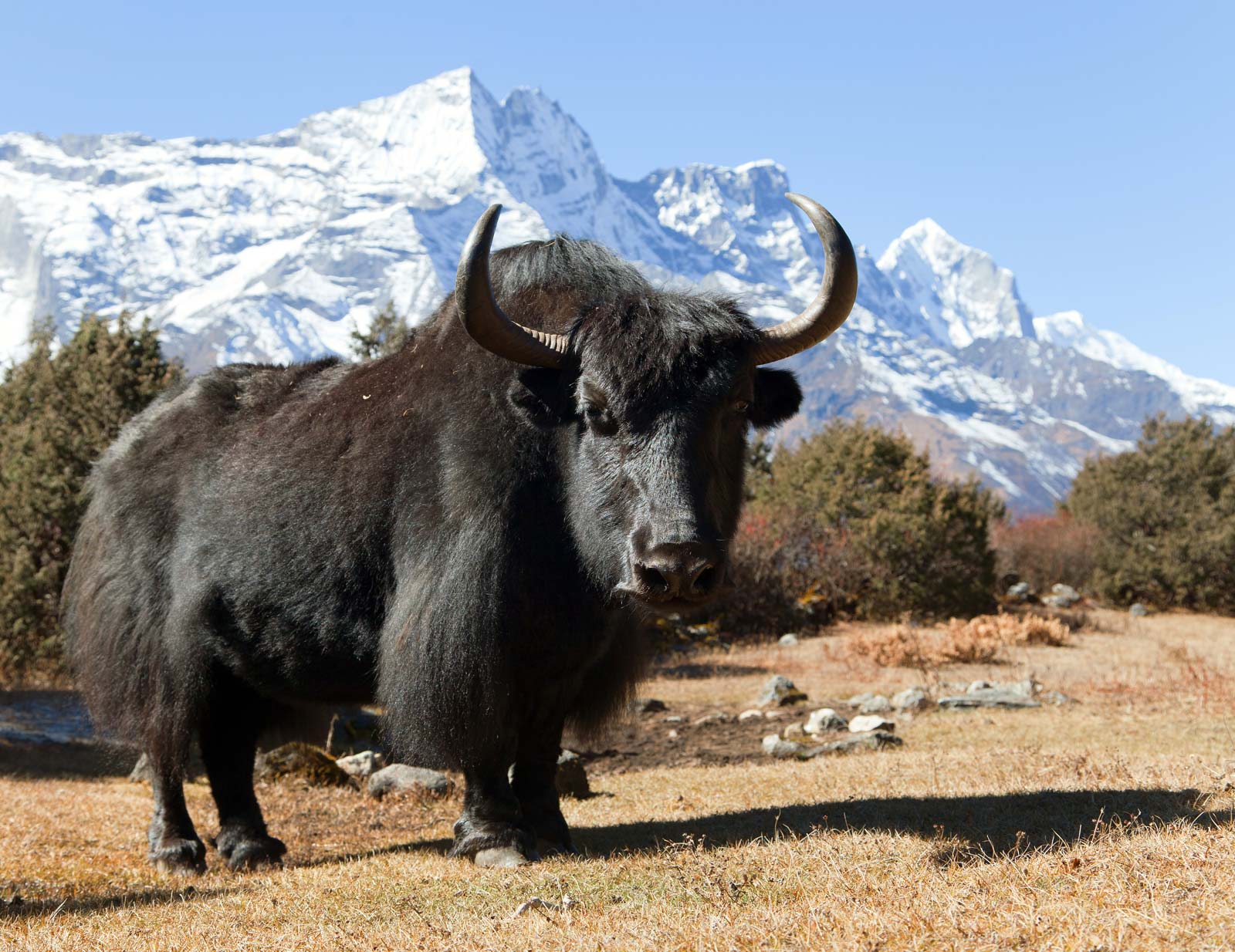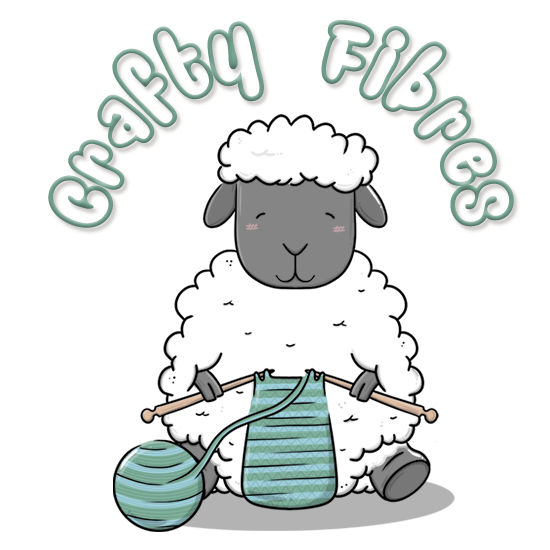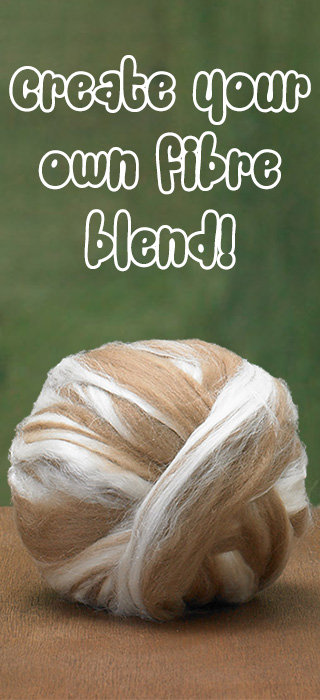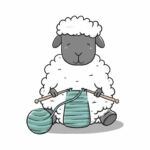The domestic Yak is an important animal for populations in the large Chinese / Tibetan highlands but is not well known and appreciated outside of this area. It serves as a beast of burden, for riding and for milk. The skin is used for leather goods and footwear, whilst the hair is used to make felt for the nomadic tents and the finest parts of clothing. Often quilted and used by the owner’s family, any spare hides and fibre is sold and can for some be the main source of income.
Yak world population is estimated to be about 14 million, of which 13 million live on the China-Tibet plateau. A further six to seven hundred thousand live in Outer Mongolia with other smaller populations in Central Asia, Nepal, Bhutan, Ladakh, Kashmir, Pakistan and Afghanistan.

The yak has a double-layer coat; an outer protective layer of long coarse hairs of 80-90 mic in diameter; and an inner layer of short and very fine, thermo-insulating fibre.
The inner layer that begins to grow in autumn continues to thicken in winter and moults in late spring. At the moment, herdsmen obtain less profit from the undercoat than they do from the milk and meat.
The volume of fine down fibre available from a beast depends on region, strain, sex, age, climate and how the fibre is collected. Lactating females produce less undercoat as do castrated animals used for working. From an animal up to one year of age a kilo of fine raw undercoat is obtained with a dehairing yield of 60-70%. From 2-4 years of age 2 kilos, with a dehairing yield of 40% can be obtained and for a beast of 5 to 6 years of age, 3 kilos with a dehairing yield of 20% could be collected.
The fibre is obtained by combing first, followed by shearing to take advantage of any fine undercoat left. The thickness of the fine de-haired fibre is 16.5 to 20 mic, with a length of 40-50mm and the fibre is not medullated; there is also an intermediate fineness of modulated fibre from 25-50 mic and 70-100mm in length; plus a third fineness of medullated fibre from 50 to 90 mic and a length of 130-150mm.
Compared to wool, yak fibre is finer at its base than at the tip. It has a tenacity and higher specific weight, but it can contain less water and felts less than wool. Nomadic farmers’ families, the community and many co-operatives work to improve the animal stock but the choice of animal is dependent on whether they want to give priority to the production of milk, meat or fibre.













